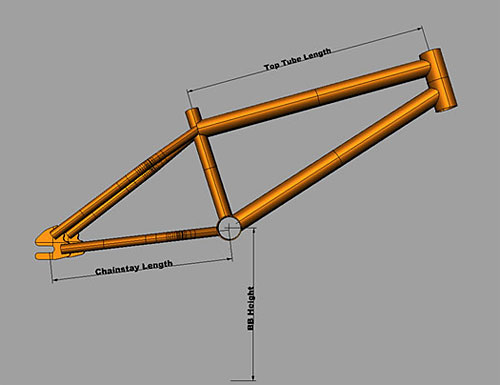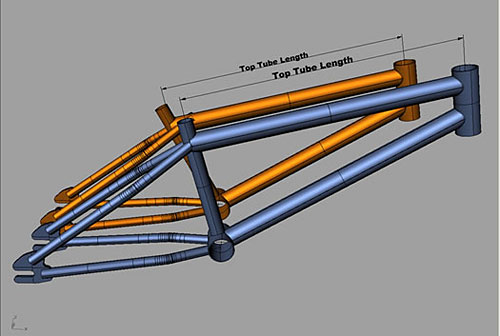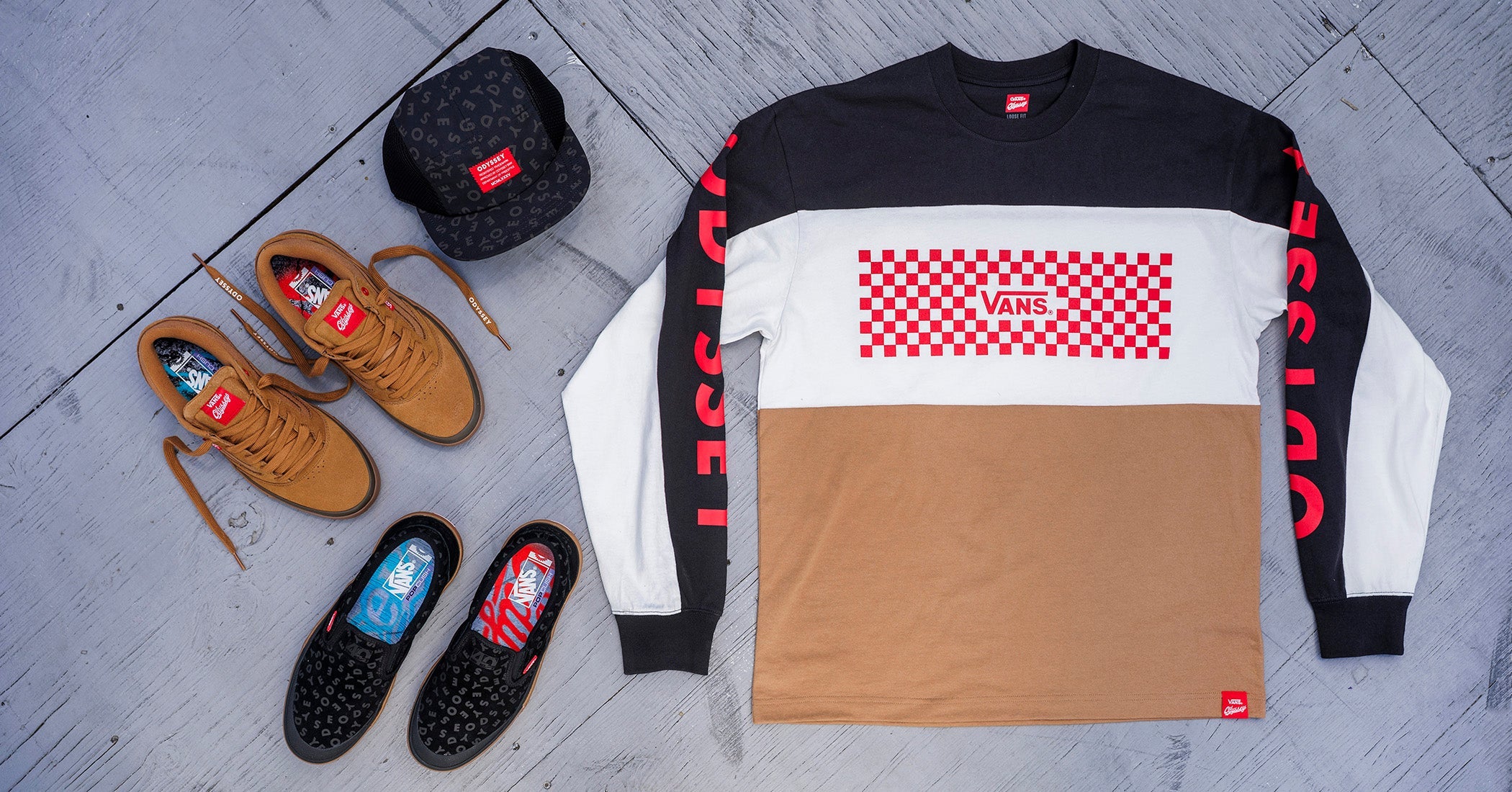Isn’t that bike a bit small for you mate?
*This article first appeared in Ride UK (#84) and is reproduced here by kind permission of Ride UK.
Chances are that at some point some incredibly witty sort will have shouted this tired old phrase after you as you roll down the street. You may have noticed that they wait until you are a fair distance away before they shout it, and they don’t hang around to hear your equally witty rejoinder of a punch in the bollocks.
But what if they were right?
Maybe a change from a 20.5inch to a 20.75inch top tube would make all the difference? Maybe that pain in your lower-back would subside? Maybe you would be able to twist the big double without looping out so much? Then again, maybe your manuals would go to shit and you wouldn’t be able to get back to the pedals on tailwhips anymore?
So let’s look at frame sizing in this month’s exciting tech column.
OK, you know the drill, put the kettle on and maybe hunt out some biscuits. Don’t worry I am not going to crowbar in another rubbish analogy I just think you will enjoy this more with a cup of tea and a biscuit… OK maybe that’s expecting a bit much, but maybe you will at least enjoy the tea and biscuit, and think fondly of the article for suggesting it.
So first off, how are frames measured? The short answer is; stupidly.
A tradition has developed of frame makers quoting the top-tube length, but it’s a pretty vague way to measure a frame. Top-tube length is measured along the centre-line of the top-tube from the centre-line of the seat-tube to the centre-line of the head-tube. This is a useful dimension to know if you are building a frame, since this is the length of tube you need to cut for it. But for comparing one frame to another it is unreliable.

Imagine two frames. Both quoted as having a 20.5” top-tube and a 74.5 degree head-angle. But one has a 72 degree seat-tube angle and the other has a 71 degree seat angle. ‘One measly degree’, how much difference could it make?
Well quite a bit. Assuming an 8.5 inch seat-tube length (centre of bottom bracket to centre of top-tube) then one-measly-degree is equivalent to 0.15 inches. Just 1.5 degrees steeper seat-angle would make a 20.5 inch top-tube feel like a 20.75…. Which is really noticeable. Add in variations due to the height of the top tube, and head-angle etc, and things only get more vague.

But there is a lot more to frame size than just top tube length.
I covered head-angles and their effect on steering feel a few months back so I am not going to go over the same ground, but head-angle also has an effect on the feel of the overall length of a bike. To understand why we need to consider the basics.
What matters to us as riders is how the bike feels.
As you ride, your primary concern is with where you meet the bike, and where the bike meets the ground. Your ‘points of contact’. Where your feet are, where your hands are and where the bike touches the ground.
Where your feet are is down to a whole raft of variables. From how long your cranks are, right down to how thick your pedals are. In terms of factors the frame determines, then bottom bracket height is the obvious one. Since most of your weight rests on your pedals and so on the bottom bracket, it determines how high above the ground you are. But also, as Einstein pointed out, “it’s all relative init.”
So the position of your feet RELATIVE to the position of your hands and RELATIVE to where the bike meets the ground. These are the key things.
Long low things tend to be more stable than short tall things. If your bike has a long wheel-base then just like a stretch-limo’ it is harder and slower to turn, but stable at speed. As the wheel-base decreases it gets more like a Smart car and will turn on a sixpence but the trade off is that at high speed it is much less stable.
Now admittedly with bike frames we aren’t looking at variations anything like this big, but most people will really notice a quarter inch change in top-tube length.
So wheel-base length is important but this isn’t the same as top tube length is it?
Imagine a frame with a 71 degree seat angle 20.5inch top-tube and 75degree head angle; you might think that this would be very similar to a 20.5inch top tube frame with a 72 degree seat and 74.5 degree head angle? BUT you would really feel the difference between the two. The front end of the second frame would be longer by 0.15inches because of the seat angle and another 0.15inches longer because of the shallower head angle, giving a total change of well over a quarter inch.
So remember a degree steeper on the seat tube will mean a frame’s front end is effectively 0.15” longer and a half degree steeper head angle will make a frame’s front end effectively 0.15” shorter.
So what about chain-stay length?
Well this is a much more sensible and useful dimension to quote. Chain-stay length obviously contributes to the total wheel-base, so a longer chain-stay will contribute towards a more stable bike that is harder to turn. But chain-stay length also determines how hard the front end of the bike is to get up and how stable it is once it is up there.
Try this little trick; put your tea down for a minute and go find a broom. Right, now lift the broom up vertically and stick the end on your nose, OK adjust it until it is dead vertical then take your hands away and move your head about to keep it balanced on your nose…. You should be able to do a few seconds at least.
Right, now get a tea-spoon. Do the same trick, stand the tea-spoon vertically on the tip of your nose, take your hands away and move your head about to keep it balanced. I’ll bet you a fiver you cant balance it for more than 5 seconds. (send cheques made out to ‘George French’ to the magazine).
The point of this little demonstration is to show that contrary to what you might expect it is easier to balance high above something than it is when you are low down to the pivot. This is the time constant. It’s a lot like a pendulum turned upside down, a long pendulum takes longer to swing than a short one so you have more time to correct.
So although short chain-stays make it easier to pull up into a manual, they make it harder to balance once you are there. It’s a slight effect and it really shouldn’t make the difference between being able to manual and not but it does play it’s part in the overall feel of the bike. This length is also a crucial factor in how fast the bike turns. Since most of your weight is centred over the bottom bracket, this time constant applies to turns as well as manuals.
Over the years we have seen tiny changes in these dimensions but with an obvious trend. Front ends have got longer with steeper head angles, while back-ends (chain-stays) have got shorter. This has kept the bike fairly stable but helped make for a bike that turns quicker too.
Stem length. There is a common misconception that a longer stem will help make up for a short top-tube. This is pretty much bollocks. Simply moving your bars forward will have an almost identical effect to running a longer stem except of course that the “style police” will shoot to kill if they catch you with your bars set steeper than your head angle.
Moving your bars forward (or using a longer stem) will give you more room up front but it wont make the frame feel any longer, it will still spin at the same speed and have similar stability. The only real change will come with front wheel tricks. Putting your weight further forward it will make a significant difference to the feel of front wheel tricks.
So next time you look at buying a new frame don’t just look at the top-tube length and assume that one 20.5 inch top tube frame will be much the same as another. Think hard about your current frame. Do you loop out on high speed 360s? If so maybe you could do with something a touch longer? Maybe you feel that the frame is damn slow to come round on tailwhips? If so a shorter bike will spin that much quicker (it doesn’t matter that you aren’t on it the rules are the same).
But above all else, remember that the bike needs to fit you and feel comfortable, taller people tend to need longer bikes and shorter people shorter ones but if you are happy on your bike then don’t change just because you think you should. Try your mates bikes to see how they feel and keep in mind that a quarter inch change in top tube length is quite a lot.


